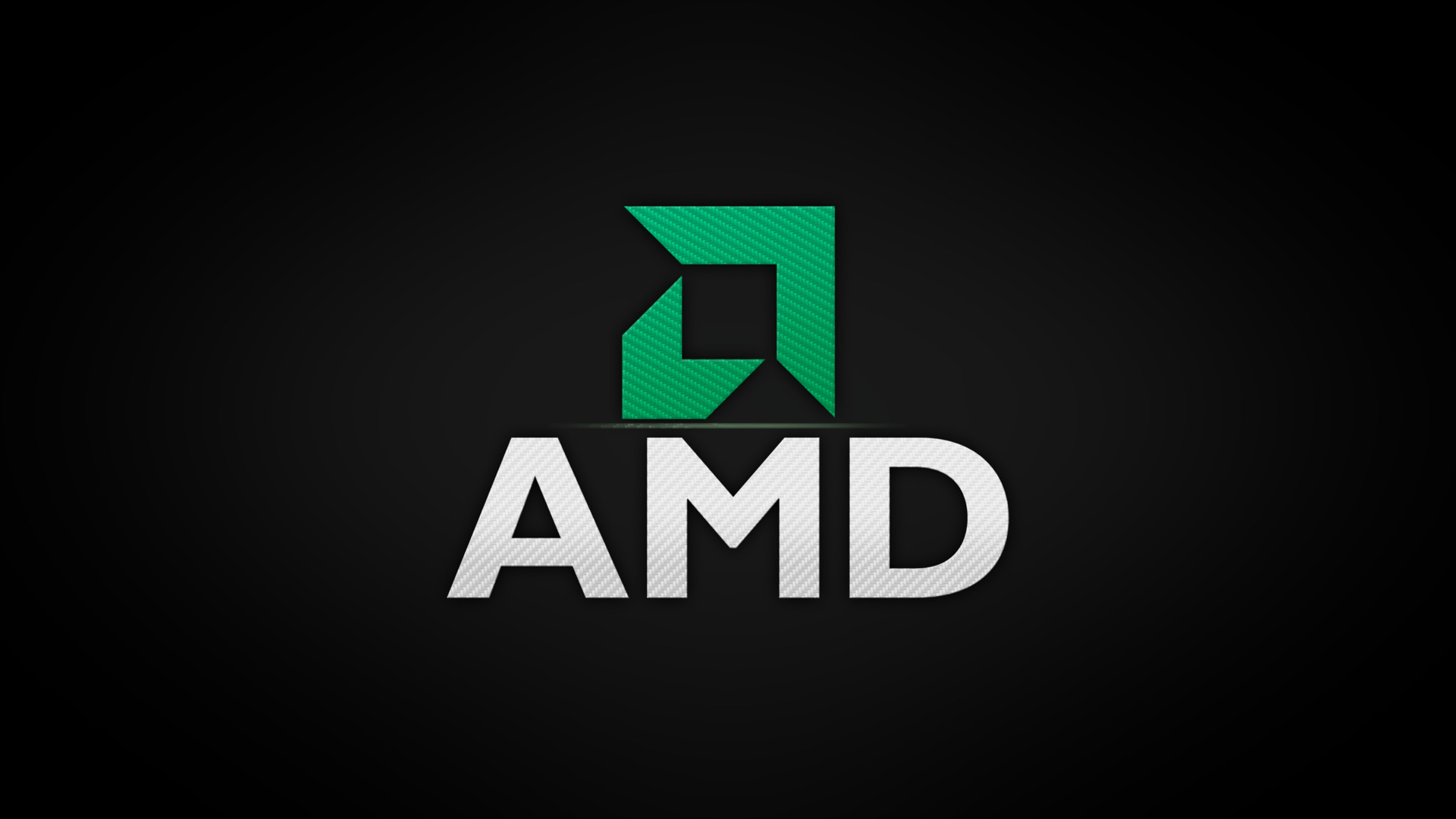
Sony and AMD have been working together on Project Amethyst since its announcement earlier this year, and they’ve now shared more information in a new video. The video features Mark Cerny, the lead architect for both the PS5 and PS5 Pro, and Jack Huynh, a senior vice president at AMD, discussing the advancements they’ve made together.
The video explains how machine learning is helping game developers create better games. It allows for simpler workflows and more efficient graphics, while still enabling them to build the large, detailed worlds that players expect.
According to Cerny, the difficulty isn’t *creating* these technologies, but actually making them work well. Technologies like FSR and PSSR use complex neural networks that put a huge strain on graphics cards. They require a lot of processing power and fast access to a large amount of memory, and the way graphics cards are built makes that challenging.
Cerny and Huynh’s technical conversation explains how modern GPUs can sometimes run into performance issues. Because GPUs are built from smaller chips, the tasks they handle also need to be divided into smaller parts, which can create bottlenecks.
To solve this problem, Huynh explained that the collaboration between Sony and AMD led to the development of a technology called Neural Arrays. Essentially, this technology allows multiple processing units to work together on complex tasks instead of each unit handling small, separate problems on its own.
According to Huynh, they aren’t combining all the GPU’s processing power into a single, massive unit – that would create a huge mess of cables. Instead, they’re intelligently connecting the processing units within each part of the GPU, and this is a significant improvement for neural rendering. It allows for larger machine learning models, reduces processing demands, improves efficiency, and makes the system much more adaptable as tasks become more complex.
Neural Arrays have the potential to significantly improve development, particularly in areas like image upscaling and noise reduction technologies such as FSR and PSSR, according to Cerny. Huynh adds that these improvements will also unlock new applications for machine learning, with recent advancements between the two companies sparking initial ideas.
Ray tracing has been another area of focus for their collaboration. However, Mark Cerny explained that current ray tracing technology is reaching the capabilities of existing hardware. To overcome this, AMD and Sony have spent the last two years completely redesigning the ray tracing process, looking at both the hardware and software involved.
At Computex earlier this year, we unveiled Neural Radiance Caching, a core technology behind FSR Redstone,” explained Huynh. “We’re now expanding on this with Radiance Cores – specialized hardware built to handle how light is processed in games. This new component accelerates ray tracing and path tracing, delivering significantly improved lighting performance. These technologies combine to create a completely new way of rendering graphics for AMD.
Radiance Cores will handle all the complex technical work of ray tracing – things like lighting and managing graphics software – that usually fall to the computer’s processing units. This allows those processing units to work on other tasks, while Radiance Cores specialize in the demanding processes of path tracing, ray tracing, and calculating how light travels.
The video concludes by explaining how modern graphics cards struggle with memory bandwidth. A new feature called Universal Compression tackles this by checking all data before sending it to memory and compressing it whenever possible. This significantly reduces the amount of data traveling through the memory, leading to much more efficient performance.
According to Huynh, the new GPU will offer improved visuals, smoother gameplay, and better performance. Cerny added that the technology’s efficiency allows the GPU to perform beyond its expected memory limits.
According to Cerny, this technology offers several advantages, like reduced power usage and improved graphics. But the biggest benefit is how well it works with existing PlayStation technologies – Neural Arrays and Radiance Cores – ultimately helping us create the best gaming experiences possible.
These technologies are still in early development and currently only exist as simulations. Despite this, initial results from the collaboration are encouraging, and Mark Cerny suggests we may see them implemented in future console generations. Duy Huynh also believes these advancements will eventually be available on other gaming platforms.
Read More
- The Most Jaw-Dropping Pop Culture Moments of 2025 Revealed
- Ashes of Creation Rogue Guide for Beginners
- ARC Raiders – All NEW Quest Locations & How to Complete Them in Cold Snap
- Best Controller Settings for ARC Raiders
- Where Winds Meet: How To Defeat Shadow Puppeteer (Boss Guide)
- Ashes of Creation Mage Guide for Beginners
- Where Winds Meet: Best Weapon Combinations
- My Hero Academia Reveals Aftermath Of Final Battle & Deku’s New Look
- Hazbin Hotel season 3 release date speculation and latest news
- Bitcoin’s Wild Ride: Yen’s Surprise Twist 🌪️💰
2025-10-09 16:42